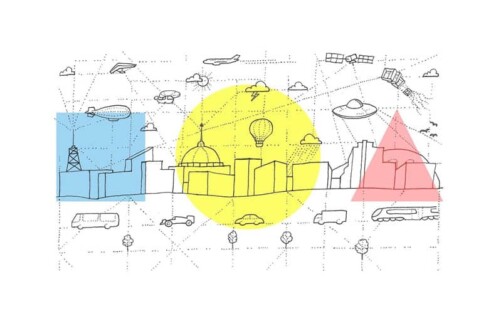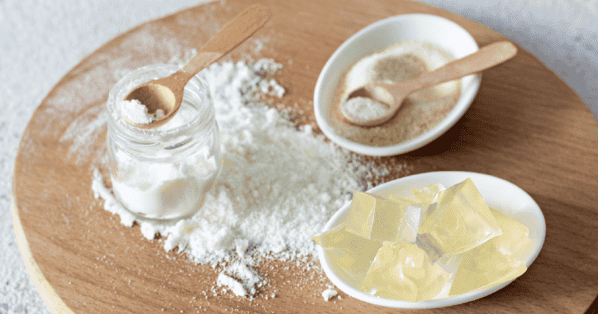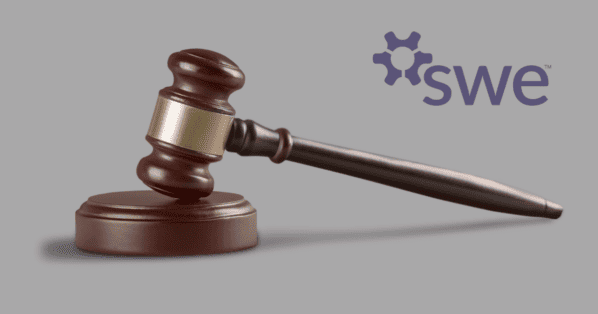Aerospace engineers typically work in two main areas: aeronautical and astronautical engineering.
Aeronautical engineers work on machines that fly inside Earth’s atmosphere, including airplanes, jets, helicopters, blimps, zeppelins, and gliders. These aircraft often fly far above the ground, but don’t go into ”outer space”; they’re mainly used to transport people and materials on the Earth.
Astronautical engineering involves the design and development of machines that travel into outer space, beyond the Earth’s atmosphere. These spacecraft travel to other planets or stars.
 Aerospace engineers need a strong background in science and mathematics. They have to give a lot of thought to the materials used in ”flying machines,” so that they aren’t too heavy, can travel at fast speeds, and are safe. They also need to decide how the machines will be shaped, controlled, and powered.
Aerospace engineers need a strong background in science and mathematics. They have to give a lot of thought to the materials used in ”flying machines,” so that they aren’t too heavy, can travel at fast speeds, and are safe. They also need to decide how the machines will be shaped, controlled, and powered.
The hot air balloon you will build out of tissue paper works under the same scientific principle that enables real hot air balloons to fly: warmer air rises in cooler air. Higher temperatures mean more energy, so imagine the air molecules moving faster and spreading out more to take up a larger space. So, when we heat up the air inside, we are increasing the volume. This creates air that is less dense than the cooler air around it.
Materials and Equipment
- 5-10 sheets of tissue paper 20”x30”
- Glue stick
- Strip of heavy paper
- Piece of tag board 20”x30”
- Marker
- Scissors
- Hairdryer
- Optional – additional tissue for decorating, paper/string to make a basket
Steps to Create Your Tissue Paper Hot Air Balloon Design
- Create a template for your hot air balloon panels, shaped like half a teardrop, with a 3.5” base, approximately 25” tall, using the tagboard.
- Layer five sheets of tissue paper and fold in half lengthwise along the long side. Use a marker and your template to draw your shape, then cut it out. Repeat with the other five sheets of tissue paper. If you want to decorate your panels now is the time. You can add shapes and strips of tissue paper using the glue stick or color with markers– but don’t make it too heavy or it won’t fly!
- Choose two layers and using the glue stick glue one edge of each sheet (marked in pink above) together, pressing firmly to seal.
- Repeat this process adding a new panel until you have a round, balloon shape – you may not use all of your tissue paper panels. Once the glue has dried check for holes/leaks in your seams and fix with more glue.
- Tape your strip of heavy paper and glue it inside the opening in the balloon in a loop to reinforce the opening. If you want to include a ‘basket’ make a box using more of the heavy paper and use string and glue to hang it below the opening.
- Making the balloon fly is easier inside, but more fun outside if you have a long enough cord –wind could make it more difficult to get airborne so pick your launch area carefully.
- With the hair dryer on low, fill the balloon with hot air. You will need to hold the balloon with one hand to keep the hot air balloon on the hair dryer, but don’t press too tightly. It is necessary that some air escape out the bottom opening rather than creating a hole elsewhere.
- Once the balloon is filled with hot air, it should rise and then slowly drift back down to the ground.
- Try different shapes and sizes of your panels and see if it changes how high your balloon can fly!

Author
-
Heather Sheridan P.E., PMP is a Civil Engineer and Project Manager at Black & Veatch in the Hydropower Department. Heather has a BS in Civil Engineering from the University of California, Davis with a focus on hydraulic structures and environmental design.






